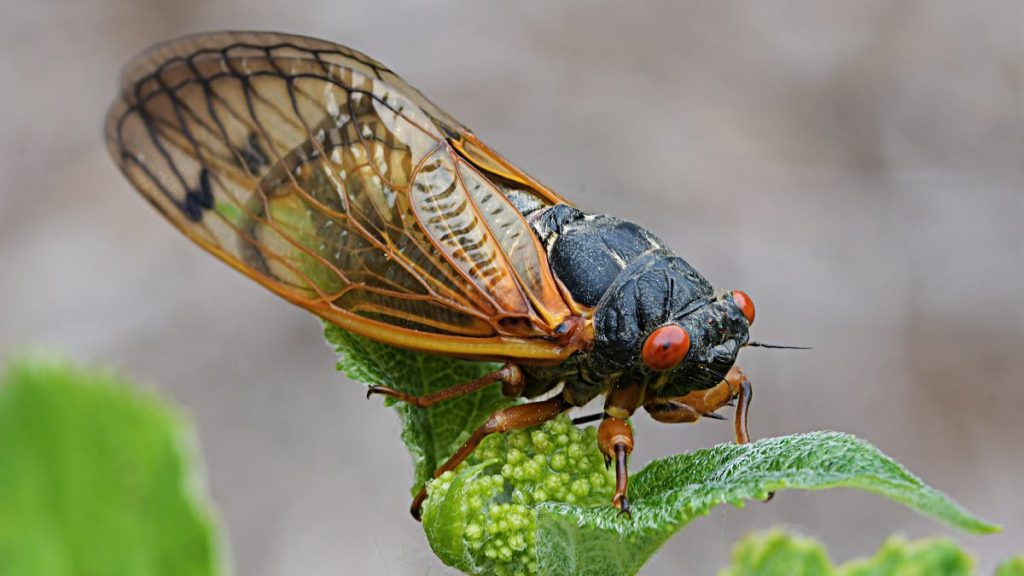The Audubon Insectarium in New Orleans is preparing for the emergence of cicadas, testing out recipes that include these insects as ingredients. As cicadas are about to hit many parts of the US, some people are already seeing them emerge from underground. This year is set to be significant for cicadas, with both annual cicadas and periodical cicadas expected to emerge. The periodical cicadas emerge only every 13 or 17 years, with 2024 being a double-brood year, a rare occurrence that last happened in 1803.
In 2024, Brood XIX, the Great Southern Brood of 13-year periodical cicadas, is expected to re-emerge in mid-May in several states across the Southeast US. This brood is known for its size and geographical distribution. Brood XIII, the Northern Illinois Brood, which consists of 17-year cicadas, is also expected to emerge at the same time in states like Illinois, Indiana, Iowa, and Wisconsin. Cicadas are known for their loud buzzing sound, which is produced by adult males during mating season.
Despite their noise, cicadas are harmless and temporary, as they do not bite or sting. Pesticides are ineffective against cicadas, so experts recommend letting them be. To manage their noise, one can use noise-canceling headphones, white-noise machines, or earplugs. Climate change could potentially affect the cicadas’ life cycle, causing them to emerge earlier than usual due to rising global temperatures. Researchers are using citizen science efforts to gather data on cicada sightings and activity.
If you have new, small trees, you may want to protect them from cicada damage by wrapping their trunks with cheesecloth, foil tape, or landscaping nets until the insects are gone. While cicadas are not harmful to large, mature trees, they may lay eggs on new trees, causing damage to the branches and leaves. Some people even eat cicadas, as they are related to shrimp and lobster. However, individuals with seafood allergies should avoid consuming them. Overall, the emergence of cicadas is a natural phenomenon that may be disruptive but poses no significant threat to humans or the environment.


